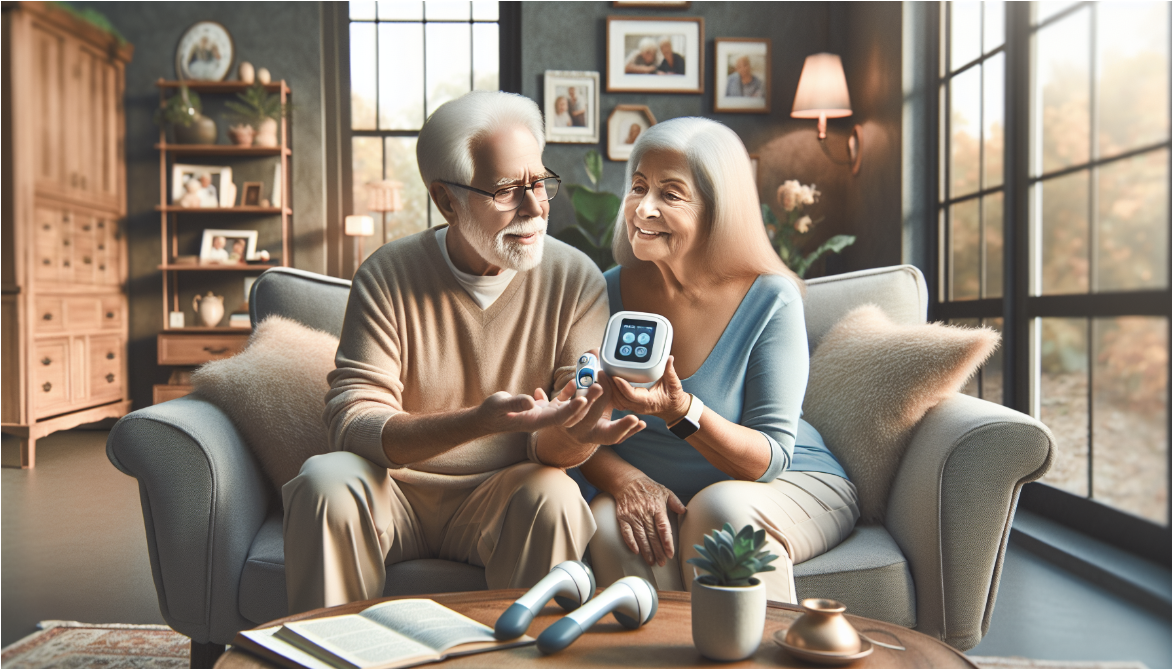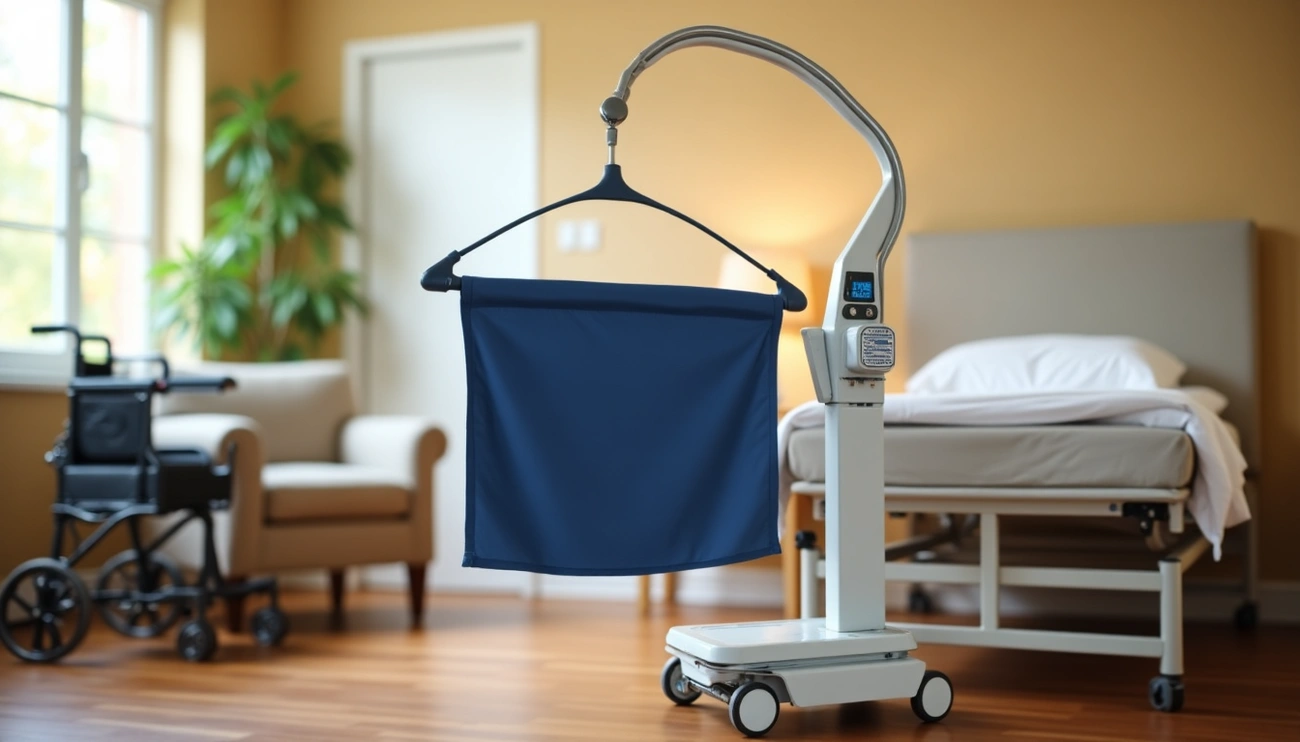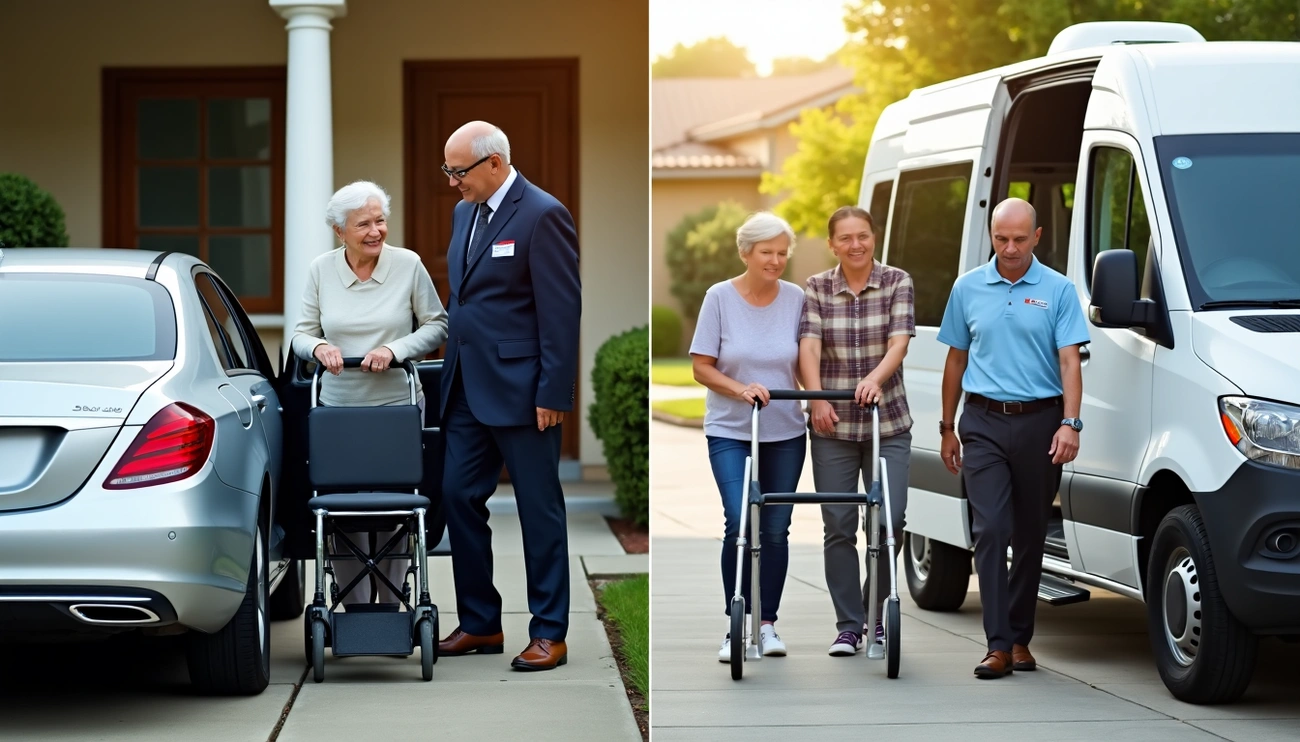Aging in place, or enabling elderly individuals to remain in their own homes for as long as possible, is gaining momentum thanks to a surge in the availability of innovative products tailored for senior living. The increasing aging population, notably the tech-savvy baby boomer generation, underscores a burgeoning market for assistive technology, mobility aids, and a plethora of products designed to support elderly independence and safety [3][4][5]. These innovative products for the elderly not only promise enhanced quality of life but also hold significant potential in the rapidly growing healthcare products and services sector, expected to reach $151 billion USD by 2019, with an impressive annual growth rate [5].
The core of this article revolves around the intersection of technology and elderly assistance, focusing on smart home technology, fall prevention, adaptive equipment, and innovative healthcare products that foster senior autonomy. By delving into how innovative products for the elderly—ranging from pill dispensers to mobility aids and everything in between—can transform the landscape of senior living, the discussion will also touch on the challenges and considerations in making these technologies accessible. It is a testament to the changing face of home care products for elderly individuals and how innovative solutions can redefine the concept of aging in place [2][3][4][5].
Understanding Smart Home Technology
Smart home technology, primarily designed to enhance convenience and security, has evolved to significantly support the elderly in aging comfortably in place. This technology integrates various devices and systems within the home, which can be controlled remotely via internet-connected devices. Key components of a smart home system include:
- Smart Devices: These can range from lighting and heating controls to security cameras and motion sensors. They can be programmed to follow specific schedules or respond to voice commands through home assistants like Amazon Alexa or Google Assistant.
- Smart Home Hub: Acts as the central point that connects different devices, allowing them to communicate with each other and with the user.
- Wireless Protocols: These include Z-Wave, Zigbee, Wi-Fi, Bluetooth LE, and Thread, enabling seamless connectivity among devices.
The integration of these elements allows for the automation of daily tasks, enhancing the living environment for seniors by promoting safety, energy efficiency, and convenience. For instance, smart thermostats can adjust the home’s temperature based on the weather, and automated lighting can help prevent falls by ensuring well-lit spaces. Additionally, security systems can alert homeowners or authorities about potential emergencies, providing peace of mind for both the elderly and their caregivers.
Key Benefits of Smart Home Technology for the Elderly
Smart home technology offers a plethora of benefits tailored specifically to improve the quality of life for the elderly, enhancing their ability to live independently and safely in their own homes. Here are some key advantages:
1. Enhanced Safety and Security:
- Fall Prevention: Advanced motion sensors and smart lighting systems automatically illuminate paths, reducing the risk of falls.
- Emergency Assistance: Integrated medical alert systems and smart wearables can detect falls and automatically call for help.
- Security Features: Smart locks and video doorbells enhance security, allowing seniors to see and communicate with visitors without needing to open the door.
2. Health Monitoring and Management:
- Vital Signs Monitoring: Devices like smart scales and wearable sensors track vital health metrics such as heart rate and blood pressure, alerting healthcare providers to potential health issues.
- Medication Management: Smart pill dispensers remind seniors when to take medication, reducing the risk of missed doses or accidental overdoses.
3. Convenience and Comfort:
- Voice-Activated Control: Seniors can control lights, thermostats, and other devices through simple voice commands, aiding those with mobility or vision limitations.
- Automated Routines: Smart homes can learn routines and make life easier by automatically adjusting settings such as heating and lighting.
- Remote Family Involvement: Family members can check in and manage devices remotely, ensuring their loved ones are safe and comfortable without being intrusive.
These technologies not only foster greater independence but also provide peace of mind to both the elderly and their families, knowing that safety, health, and daily activities are being monitored and managed efficiently.
Top Smart Devices to Consider
When selecting smart devices for elderly individuals aiming to age in place, it is essential to consider functionality, ease of use, and integration capabilities. Here are some top smart devices to consider:
Smart Home Devices:
- Smart Light Bulbs and Switches: Devices like Philips Hue and LIFX allow seniors to control lighting remotely or via voice commands, aiding in fall prevention by illuminating dark spaces.
- Smart Thermostats: Products such as Nest and Ecobee maintain comfortable temperatures and reduce energy costs, with user-friendly interfaces suitable for seniors.
- Smart Locks and Security Systems: Devices from brands like August and SimpliSafe offer enhanced security, remote monitoring, and easy operation, ensuring safety without complexity.
Health and Wellness Gadgets:
- Smart Health Monitors: Devices like Fitbit and Apple Watch track physical activity and vital signs, providing data that can be shared with healthcare providers.
- Smart Pill Dispensers: Automated pill dispensers ensure medication is taken correctly and on time, critical for managing health conditions.
Convenience and Communication:
- Voice-Activated Assistants: Products such as Amazon Alexa and Google Home minimize physical strain by allowing voice control over various devices and can perform tasks like setting reminders or making calls.
- Smart Entertainment Devices: Roku, Chromecast, and Kindle help seniors stay connected to entertainment and information, supporting cognitive engagement and social interaction.
It’s advisable for seniors or caregivers to visit retail locations to experience these devices firsthand, ensuring the chosen products are compatible and meet the specific needs of the elderly user.
Challenges and Considerations
While the advantages of smart home technology for the elderly are significant, several challenges and considerations must be addressed to ensure widespread adoption and effectiveness:
- Privacy and Trust Concerns:
- Privacy Issues: There are valid concerns about data privacy, with fears that technology could lead to increased household vulnerability and intrusiveness.
- Trust in Technology: Trust issues arise regarding the safety and reliability of these systems, often influenced by direct experience with the technology.
- Usability and Accessibility:
- Technical Usability: Challenges include complex interfaces and the need for simpler interaction methods, like fewer buttons and larger fonts.
- Cognitive and Physical Limitations: Products must accommodate diminished cognitive abilities and physical limitations of some elderly users.
- Economic and Social Factors:
- Affordability: Cost is a significant barrier, with the need for economically accessible solutions.
- Social Impact: Technology should complement existing social and healthcare services without replacing human interaction.
- Design and Customization:
- Personalization: Devices should meet the unique needs and preferences of elderly users, emphasizing ease of use and minimal disruption to daily life.
- Integration and Operation: Effective integration with other devices and straightforward operation are crucial for acceptance and usability by seniors and their caregivers.
These factors highlight the need for a thoughtful approach in designing and implementing smart home technology that respects the privacy, enhances the usability, and considers the economic and social implications for the elderly.
Making Smart Homes Accessible
To ensure smart homes are truly accessible for the elderly, incorporating user-friendly technologies and design principles is essential. Here’s how these innovations can be implemented:
- Customization and Accessibility Features:
- Automated Systems: Tailor smart home automation like lighting, thermostats, and security to individual needs, enhancing comfort and safety.
- Visual and Auditory Aids: Utilize smart lighting with adjustable colors for those with visual impairments and include sensory feedback systems like vibrations or audible signals for those with hearing challenges.
- Gesture and Touch Controls: These interfaces simplify interaction with devices, accommodating various physical abilities.
- Integration and Remote Monitoring:
- Wearable Device Compatibility: Ensure smart home systems integrate seamlessly with wearable technology for easy environment control, crucial for those with mobility issues.
- Remote Assistance: Features that allow caregivers to monitor and assist remotely can support independent living while ensuring safety.
- Inclusive Design and Smart Appliances:
- Universal Design Principles: Apply these across smart appliances to ensure usability for people of all abilities.
- Smart Home Equipment Options: Include devices like smart locks for easier access, medical alert systems for emergency situations, and smart thermostats for automated temperature control.
- Accessibility Tools and Resources: Implement tools such as content scaling, high contrast modes, and accessibility plugins like Web Accessibility by DJ-Extensions.com to enhance the user experience.
By focusing on these aspects, smart homes can become a supportive environment for the elderly, promoting independence while ensuring safety and comfort.
Conclusion
Through this exploration of innovative products designed to support aging in place, we have underscored the transformative potential of technology in enhancing the living conditions of the elderly. The integration of smart home technology, health monitoring systems, and assistive devices not only empowers seniors to live independently but also offers peace of mind to their families. These advancements, from fall-prevention solutions to remote health management, are paving the way for a future where elderly individuals can enjoy a higher quality of life within the comfort of their own homes.
However, to fully harness these technological innovations, it is paramount that we address challenges related to accessibility, privacy, and usability. By prioritizing user-friendly design and fostering trust in smart technologies, we can create an environment that truly caters to the unique needs of the aging population. As we continue to innovate and iterate on these solutions, the promise of a more inclusive, safer, and connected future for our elderly becomes ever more achievable, underscoring the significance of our collective efforts in this vital area.
FAQs
1. What types of technological innovations are available to assist seniors as they age? Technological innovations such as Companionship Robots, exemplified by the PARO therapeutic robot, are designed to provide emotional support to the elderly. These robots are particularly beneficial for seniors dealing with dementia or those who are experiencing isolation.
2. What does aging in place technology encompass? Aging in place technology includes various tools specifically designed to support seniors living independently. This includes emergency help systems, remote monitoring of vital signs, and fall detection systems, collectively known as smart home technology.
3. What are some innovations that aid elderly, sick, disabled, or disadvantaged individuals? Several innovations aim to make life easier and safer for the elderly, including face-controlled wheelchairs, smart hearing aids, one-armed helper robots, the Isowalk mobility aid, smartly sensored diapers, cloud-connected pill containers, and smart shower systems.
4. How prevalent is aging in place among American seniors? A significant number of American adults over the age of 50, approximately 77%, prefer to age in place. As of 2020, only around 1.2 million adults over 65 were residing in nursing homes, indicating a strong preference for independent living among older adults.




